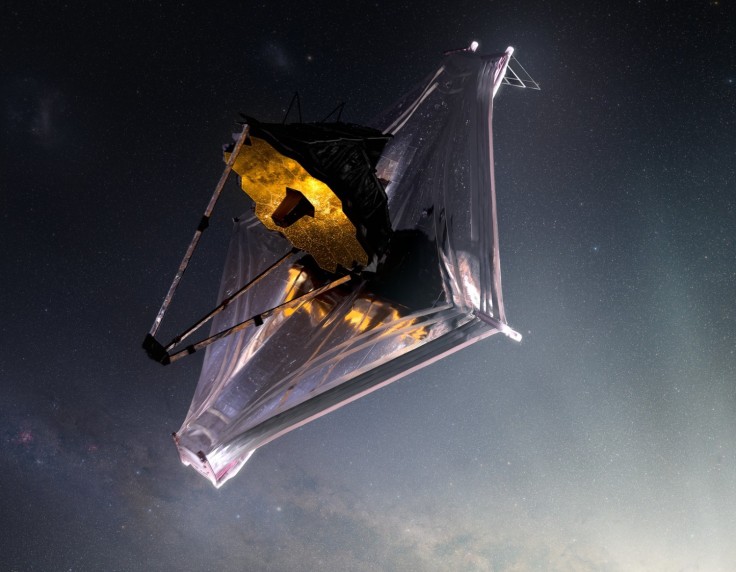Netflix means to follow the world's most advanced space telescope from inception to commission.
The popular streaming company recently released its teaser trailer for its documentary covering the development, construction, and achievements of the James Webb Space Telescope (JWST or Webb) accomplished in its commission so far.
Netflix plans to release the documentary later in July.

Netflix James Webb Space Telescope Documentary Details
Netflix is looking toward space for its next original production. According to the teaser trailer of its Webb documentary, UNKNOWN: Cosmic Time Machine, the company will feature "unique access behind-the-scenes" to NASA's desire to launch Webb.
Cosmic Time Machine, which will run at a near-perfect 64 minutes, is directed by Shai Gal and executive produced by Jason Spingarn-Koff, per Space.com. It will allegedly feature details about Webb's journey from inception to launch, according to Netflix's official website.
According to a report from Mashable, the documentary will also feature the discoveries the space telescope made since it became a commissioned instrument for scientific use in 2022, along with pictures of said discoveries. Additionally, Cosmic Time Machine will follow a team of NASA engineers and scientists as they take "the next giant leap in [humanity's] quest to understand the universe" that took nearly three decades to complete.
Netflix reportedly produced the four-part documentary to celebrate the space telescope's first anniversary of its first deep sky imagery.
Netflix will release its Webb documentary on July 24 as part of the UNKNOWN docuseries, which already has three parts. People interested in watching the documentary must get a Netflix subscription to do so.
James Webb Space Telescope's Story, Features
Set to be the successor to the bus-sized Hubble Space Telescope, the James Webb Space Telescope is a large infrared telescope with a 6.5-meter primary mirror. It is about the size of a Boeing 737 but could be folded - it previously needed to fit into the rocket used to launch it to orbit for it to go to space.
Webb's orbit is located around a Lagrange Point, a point in space where the Earth and the sun's gravity are equal, creating a stable orbit around the sun.
This mirror can detect light from the earliest of stars and galaxies during their formation to the young stars in the Milky Way and Kuiper Belt objects, per NASA's James Webb Space Telescope page. Additionally, Webb is 100 times more powerful than Hubble, thanks to its Near Infrared Camera (NIRCam).
Webb's NIRCam is its primary imager that covers the infrared wavelength range of 0.6 to 5 microns, allowing it to study stars as old as the earliest-forming stars and even exoplanets to help scientists study and learn more about them.
Webb received its scientific commission on July 12, per Space.com. It was on that day when Webb beamed the first pictures with a quality that exceeded experts' expectations when they arrived on Earth.









